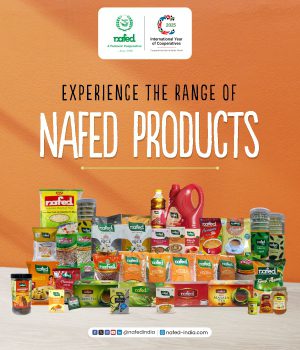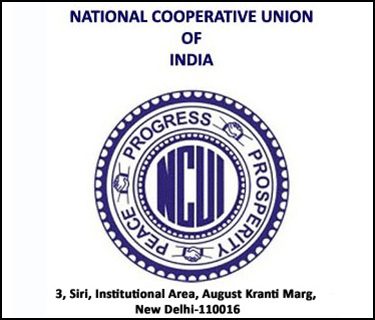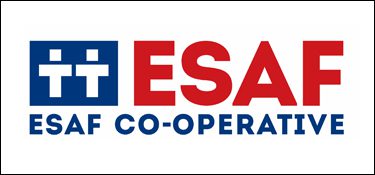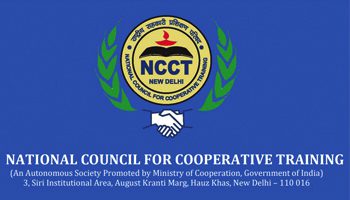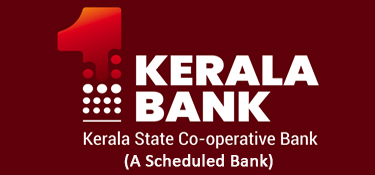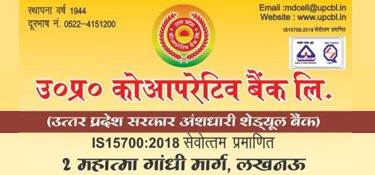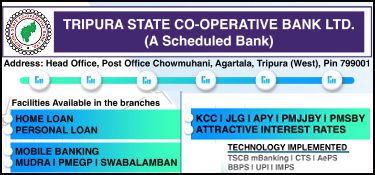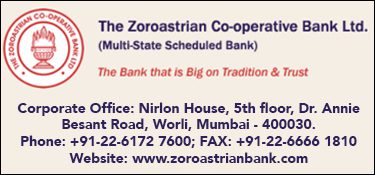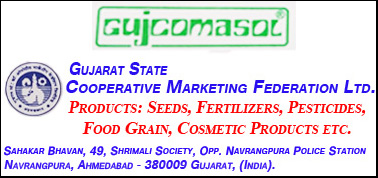By R S Sodhi
In his address to the Nation on May 12, Prime Minister Narendra Modi emphasised the importance of making India aatmanirbhar (self-reliant) and promoting domestic production and home-grown brands (“Vocal for Local” and “Local for Global”).
Many may scoff at these goals, but I believe that achieving them isn’t impossible for a country of 1.38 billion people. The question, then, is: How to go about it when we are already importing billions of dollars’ worth of petroleum oil, electronics and electrical goods, vegetable oil, coal and other minerals?
The best example, perhaps, of a sector that has managed to become relatively aatmanirbhar is agriculture and animal husbandry. And that has been made possible because of the three major stakeholders – farmers, industry and political leadership/policymakers – committing to achieve self-reliance.
Take milk for example. In the early 1970s, India’s production was one-third of the US’ and one-eighth of the European Union’s. Today, it is twice the former’s and 25 percent more than the latter’s. This wouldn’t have happened but for the “Amul model” – which ensured both remunerative prices (through direct procurement and elimination of middlemen) and market access (by selling branded consumer dairy products) for milk producers – being replicated nationally through the Operation Flood programme under the leadership of the Father of the White Revolution, Dr Verghese Kurien.
India’s current milk production of around 189 million tonnes is over a fifth of the world’s, while growing at a compounded annual rate of 4.5% over the last 2 decades, as against below 2% globally. India has been the world’s leading milk producer for the last 22 years. Also, animal husbandry and dairying has emerged as the primary source of income for about 100 million rural households — most of them landless or small and marginal farmers. The annual value of India’s milk production is now Rs 8 lakh crores which exceeds that of all cereals and pulses!
A similar story of hardworking farmers contributing to India’s aatmanirbharta has been repeated across most crops, including pulses. The one exception, however, is edible oils, where we had actually attained self-sufficiency towards the early-1990s. But in order to serve narrow urban consumer interests, while focussing just on the short-term, the government allowed cheap imports and in a matter of 25 years India turned an edible oil importer to the tune of Rs 75,000 crore annually. Imports today meet roughly two-thirds of our edible oil consumption requirement.
India’s population in the next 40 years is expected to increase to 1.7 billion, with half of it going to reside in urban areas, compared to the current less than a third. Feeding this increasingly urbanised population, amid rising incomes, will present a huge challenge. The NITI Aayog has projected the country’s milk production alone to touch 330 million tonnes by 2033-34. But all of this will also create income and employment opportunities, both for our rural producers and those reaching their produce to consumers.
Again, take milk. Every one lakh litres per day (LLPD) that is collected from producers and supplied to consumers by organised dairies provides employment for roughly 6,000 households. That includes 5,000 farmers delivering 20 litres daily on an average and another 1,000 engaged in procuring, processing, transporting, distributing and retailing this milk.
The Modi government has, as part of its recent COVID-19 stimulus package, announced a Rs 15,000-crore Animal Husbandry Infrastructure Development Fund. This fund, if channelised through a body like the National Dairy Development Board that spearheaded White Revolution-I, can help enhance India’s milk processing capacity from the existing 1,200 LLPD to 1,700 LLPD within the next decade. That can, in turn, potentially create additional jobs and incomes for 30 lakh families: 25 lakh dairy farmers and 5 lakh along the supply chain. Such a scheme should ideally be implemented in eastern Uttar Pradesh, Bihar, Jharkhand, Chhattisgarh, Odisha and West Bengal, which are now seeing a reverse flow of migrant labourers from the urban and industrial centres of western, northern and southern India.
The Modi government has rightly identified animal husbandry and dairying as a sector that can provide livelihoods to millions of rural households. Other recent measures announced include the extension of Kisan Credit Card facility to dairy producers (thereby treating milk as an agricultural crop and benefiting landless farmers owning only milch animals), providing interest subvention of 2% to dairy cooperatives and an additional 2% for prompt repayment (releasing liquidity and enabling them to convert excess milk procured during the lockdown into skimmed milk powder and white butter) and a Rs 13,343-crore National Animal Disease Programme to eradicate Foot and Mouth Disease and Brucellosis (these cause up to 10% annual milk production losses valued at around Rs 80,000 crore).
The above interventions will help boost incomes of rural households, leading to increased spending and the wheels of the economy moving again. Animal husbandry and dairying apart, the Modi government has also proposed a major reform that allows farmers to sell their produce outside APMC (agricultural produce market committee) mandis. This option of selling directly to big private processors and retailers can result in more competitive pricing. However, policymakers should ensure that farmers get a reasonable share of the realisation of private agri-businesses through value addition. We know that in most of the so-called free market economies – be it the US, EU, New Zealand or Australia – dairy farmers get only 30-40% of the consumer price, compared to 70-80% through our milk cooperatives.
Our home-grown dairy cooperatives have, moreover, spawned aatmanirbhar models in other farm produce as well.
One such recent example – again Made in Anand – is from Jakariyapura village of Gujarat. Its residents, who supply milk to the local Amul union, have come out with a solution to reduce dependence on imported energy and fertilisers. They have all installed individual biogas plants, whose anaerobic digesters convert the dung produced by their animals (10-20 kg per day each) into biogas and slurry. The biogas has replaced both LPG cylinders and firewood as cooking fuel, while the slurry is sent to a common facility that converts it into nutrient-fortified organic fertilisers. This business model is generating an additional annual income/savings of Rs 36,000 per family.
Another example is from Thamna. This village in Anand district has created the first ever solar cooperative. Its farmers “harvest” solar energy through panels on their farms, which is first utilised to fulfil their own irrigation power requirements. The surplus energy is sold to the state electricity utility, thus providing additional income and power savings to the farmers.
It is not only aatmanirbharta. Equally important is the Prime Minister’s “Vocal for Local” and “Local for Global” mantra.
India is one of the world’s biggest and fastest-growing markets for all product categories. Consumers don’t buy brands, they buy benefits. For them, excellence matters more than nationality. For this, we need to build our own brands that are first leaders in the domestic market, which can only be based on superior product quality and affordable pricing. But why go global? For any commercial entity, brands are is its most valuable assets. When a brand sells in the global market, its owner earns royalty apart from price premium for the underlying product. And it makes a difference when the ultimate owners here are producers themselves!











